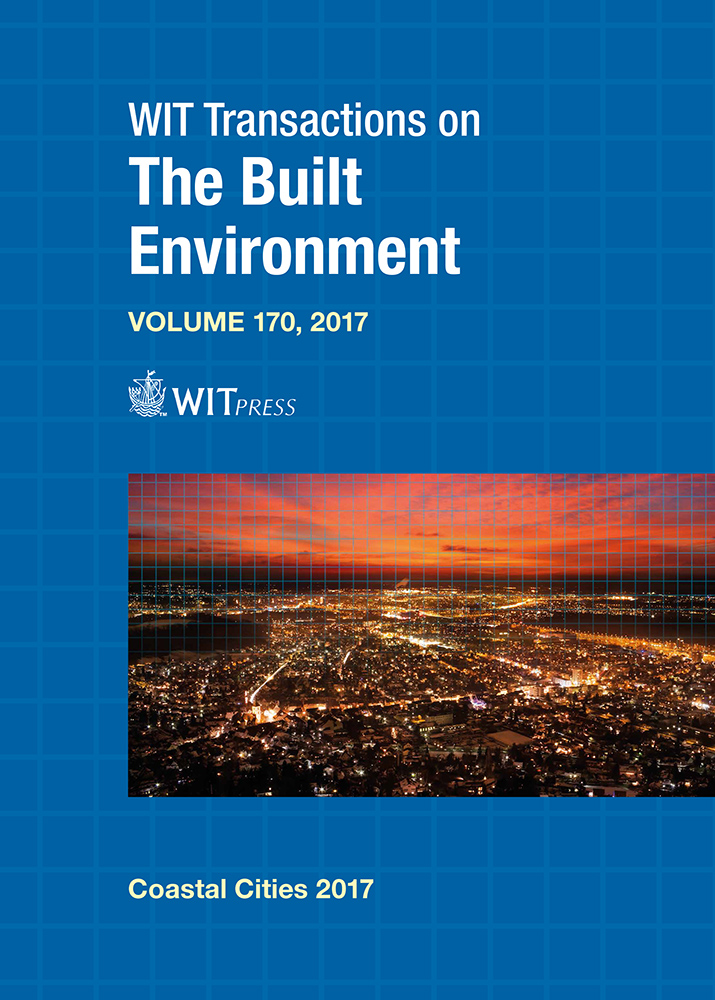RISKS AND OPPORTUNITIES TO SOCIO-ECONOMIC AND ENVIRONMENTAL SUSTAINABILITY OF COASTAL CITIES: LA PAZ AND LOS CABOS, MEXICO. ANALYSIS OF BIOPHYSICAL FLOWS FROM A METABOLIC PERSPECTIVE
Price
Free (open access)
Transaction
Volume
170
Pages
9
Page Range
211 - 219
Published
2017
Size
830 kb
Paper DOI
10.2495/CC170211
Copyright
WIT Press
Author(s)
ADOLFO DE LA PEÑA-BARRON, ANTONINA IVANOVA BONCHEVA, JOSÉ ANTONIO MARTÍNEZ DE LA TORRE, ANGÉLICA MONTAÑO
Abstract
This paper presents, in terms of biophysical flows within a complex framework, the implications of existing relationships at the intersection between social and natural spheres in the coastal cities of La Paz and Los Cabos, located at the south of Baja California Peninsula, Mexico. This zone is of significant geostrategic potential in the Pacific Ocean, particularly on the west coast of the American continent. The paper analyses the metabolic dynamics of these two urban centers during the last twenty years, a period of explosive process of urbanization and demographic growth, driven mainly by a natural scenic and tourist capital. This poses major unresolved challenges in energy, water and food that becomes even greater because these two cities are located within an energetic island, and in an area vulnerable to climatic conditions; fundamentally it is a desert zone with scarce sources of drinking water.
Locally, there is no fossil fuel extraction or refinement. The electricity grid supplying these two urban centers is isolated from the mainland, and is virtually dependent on the supply of fossil fuels from outside the peninsula.
The dynamics of growth and the demand for resources and services increase every year, and these are supplied almost exclusively by sea transport and distributed through peninsular infrastructure. From a complex integrative approach, risks related to safety, quality of life, health and environmental degradation are of great concern.
The conclusions indicate that to move to less risky scenarios requires comprehensive urban planning and management from a complex perspective. Finally, the paper presents some potential transition opportunities, from this dynamic systemic view.
Keywords
biophysical flows, environmental sustainability, La Paz, Los Cabos, Mexico





